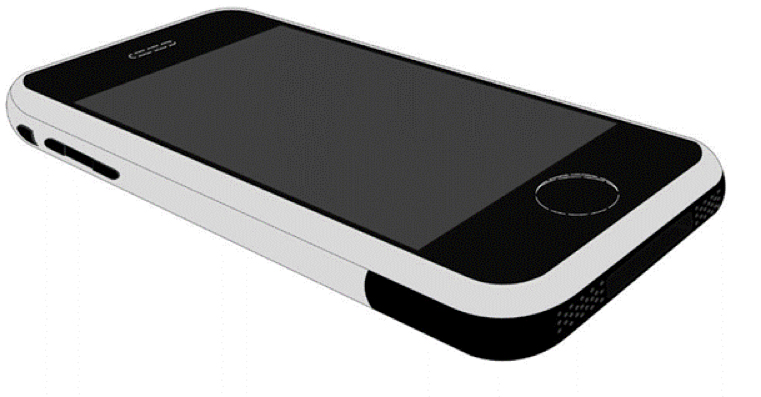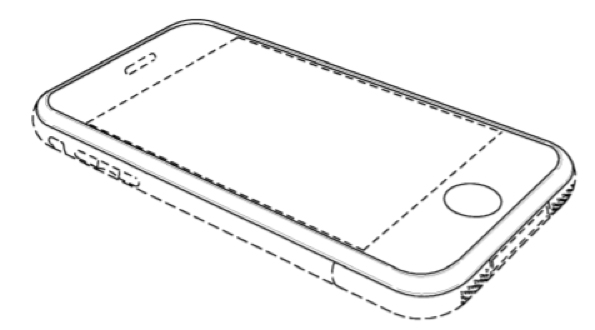This proposal would give design rights holders an additional tool to combat counterfeits.
By Richard J. McKenna and Kiri Lee Sharon, Foley & Lardner LLP
A bipartisan group of senators introduced legislation to expand the mandate of the U.S. Customs and Border Patrol (CBP) to impound goods suspected to infringe U.S. design patent rights. Sens. Thom Tillis (R-NC), Chris Coons (D-DE), Bill Cassidy (R-LA), and Mazie Hirono (D-HI) introduced “The Counterfeit Goods and Seizure Act,” (CGSA) S. 2987, which is now awaiting action.
Design patents are a valuable tool used by numerous industries to protect the ornamental appearance of their products. Top categories for U.S. design patents include electronics, home furnishings, tools and hardware, and packages/containers for goods, according to U.S. Patent and Trademark Office (USPTO) data.[1] Last year, the USPTO granted more than 14,000 design patents to U.S. companies and more than 4,000 to persons in the U.S.[2] Overall, U.S. design patent grants have increased steadily from roughly 20,000 annually in 2006 to nearly 35,000 in 2019.
Manufacturers of proprietary products face a regular onslaught of counterfeit products reaching the U.S. marketplace damaging the rights of the manufacturers and consumers of these products. For example, this August, CBP intercepted more than 15,000 counterfeit fireplaces at the Canadian border, and last month, CBP intercepted $5.5M in counterfeit sleepwear, including imitation Gucci products, at a California seaport. Fake apparel, footwear, watches and jewelry, handbags and wallets, and consumer electronics are among the top goods seized by CBP.[3] The value of global trade in counterfeits is estimated to reach nearly $2 trillion by 2022.[4] These counterfeit products may present serious health and safety issues to consumers of these products while diluting and damaging the consumer goodwill in the genuine products which the proprietors have worked so hard to create.
The proposed legislation would allow CBP to seize goods suspected to infringe U.S. design patents which protect the ornamental appearance of articles of manufacture. CBP has authority to detain, seize, forfeit and ultimately destroy merchandise entering the U.S. that bears an infringing trademark or copyright that has been registered with the government and then recorded with CBP, but surprisingly, CBP does not currently have the authority to seize goods believed to infringe U.S. design patent rights.
At present, design patent owners seeking to halt the import of infringing articles must turn to the International Trade Commission (ITC) or federal court for relief from the flow of counterfeit goods. Traditional federal court actions can take years to resolve and can easily cost hundreds of thousands of dollars. ITC investigations, though usually faster than federal court proceedings, take months to resolve, and are typically costly and documentation-intensive.
As mentioned, the CBP is currently authorized to seize products believed to infringe registered U.S. trademarks, such as the trademark for an early model iPhone as seen below:

US Trademark Reg. No. 3475327
However, CBP currently lacks authority to seize products believed to infringe design patents, such as the design patent seen below, which is directed to an early model iPhone, similar to that depicted above:

US Patent No. D593,087
As seen above, U.S. trademark registrations and granted design patents can cover overlapping subject matter, specifically, the aesthetic, nonfunctional design elements of an article such as a phone. Because the CBP is already exercising its authority to seize products which are believed to infringe the aesthetic, non-functional elements of the trademark for the phone seen in the first illustration above, it would not appear to impose a significant burden on CBP to expand the scope of its jurisdiction to include seizing, at the border, products believed to infringe the aesthetic, non-functional elements of the phone seen immediately above as protected by design patents.
The proposed CGSA revises the Tariff Act of 1930 to expressly include design patents in the listing of intellectual property rights for which infringing merchandise may be seized and forfeited under 19 U.S.C. § 1595a(c)(2)(C).
Border enforcement of design patent rights by the CBP may be implemented in an analogous way to the current enforcement of trademark rights. The following is a typical sequence of events when imported merchandise suspected to violate trademark rights is seized by CBP. First, CBP detains the suspected articles for up to 30 days, and notifies the importer within five days. The importer has 30 days to deny infringement. Next, if the importer does not provide an adequate response to the CBP notice within seven days (or fails to respond), CBP notifies the owner of the mark, and may provide images of the suspect articles. Finally, after 30 days with no sufficient response or after the owner demonstrates counterfeiting, CBP seizes and eventually destroys the articles. The importer may petition for relief during the initial 30-day detainment and 30 days after notice of a seizure, and can abandon the goods or work out a compromise with the rights owner.
As outlined above, this procedure moves far more rapidly than ITC or district court litigation and helps stem the tide of suspected counterfeit products currently flooding the U.S. marketplace, thereby protecting both the U.S. consumer and the design patent owner.
The proposed legislation has garnered broad support from large number of industry groups including the Footwear Distributors and Retailers of America. Unfortunately, the challenges posed by the current pandemic coupled with the election cycle appear to have stalled momentum for this bi-partisan bill.

Kiri Lee Sharon
Kiri Lee Sharon is a senior counsel at Foley & Lardner LLP. Kiri counsels clients on intellectual property matters, including defense of infringement allegations, patent validity, due diligence investigations, enforcement, freedom to operate, and litigation. She prepares and prosecutes utility and design patent applications across a broad range of technologies, including consumer goods, medical devices, automotive systems and electronics.

Richard J. McKenna
Richard J. McKenna has over 25 years of experience assisting clients in a broad range of intellectual property matters, including counseling clients on design rights, prosecution, licensing and enforcement of trademarks, trade dress and patents as well as advertising review and domain name disputes. With his qualifications and experience in both the trademark and patent fields, Richard is uniquely qualified to counsel clients on the interrelation between utility patent, design patent, trademark and trade dress law and to develop effective strategies for the protection of non-functional, aesthetic, and ornamental designs. For over ten years, Richard has served on committees of both the International Trademark Association and the Intellectual Property Owners Association developing best practices, policies and procedures for owners of both non-functional, aesthetic designs and proprietary brands.
[1] U.S. Patent and Trademark Office, Patent Technology Monitoring Team, Design Patenting by Geographic Region (State and Country), Breakout by Design Class, Count of 2000-2015 Design Patent Grants, available at https://www.uspto.gov/web/offices/ac/ido/oeip/taf/dstccls/usa_dstcl_gd.htm.
[2] U.S. Patent and Trademark Office, Design Patents Report, Parts A1, A2, B, Granted 01/01/1995-12/31/2019, available at https://www.uspto.gov/web/offices/ac/ido/oeip/taf/design.htm.
[3] CBP, “Combating Trafficking in Counterfeit and Pirated Goods Report to the President of the United States,”
January 24, 2020, available at https://www.dhs.gov/sites/default/files/publications/20_0124_plcy_counterfeit-pirated-goods-report_01.pdf.
[4] Frontier Economics, The Economic Impacts of Counterfeiting and Piracy (2016), available at https://iccwbo.org/content/uploads/sites/3/2017/02/ICC-BASCAP-Frontier-report-2016.pdf.
Scott Ellyson, CEO of East West Manufacturing, brings decades of global manufacturing and supply chain leadership to the conversation. In this episode, he shares practical insights on scaling operations, navigating complexity, and building resilient manufacturing networks in an increasingly connected world.